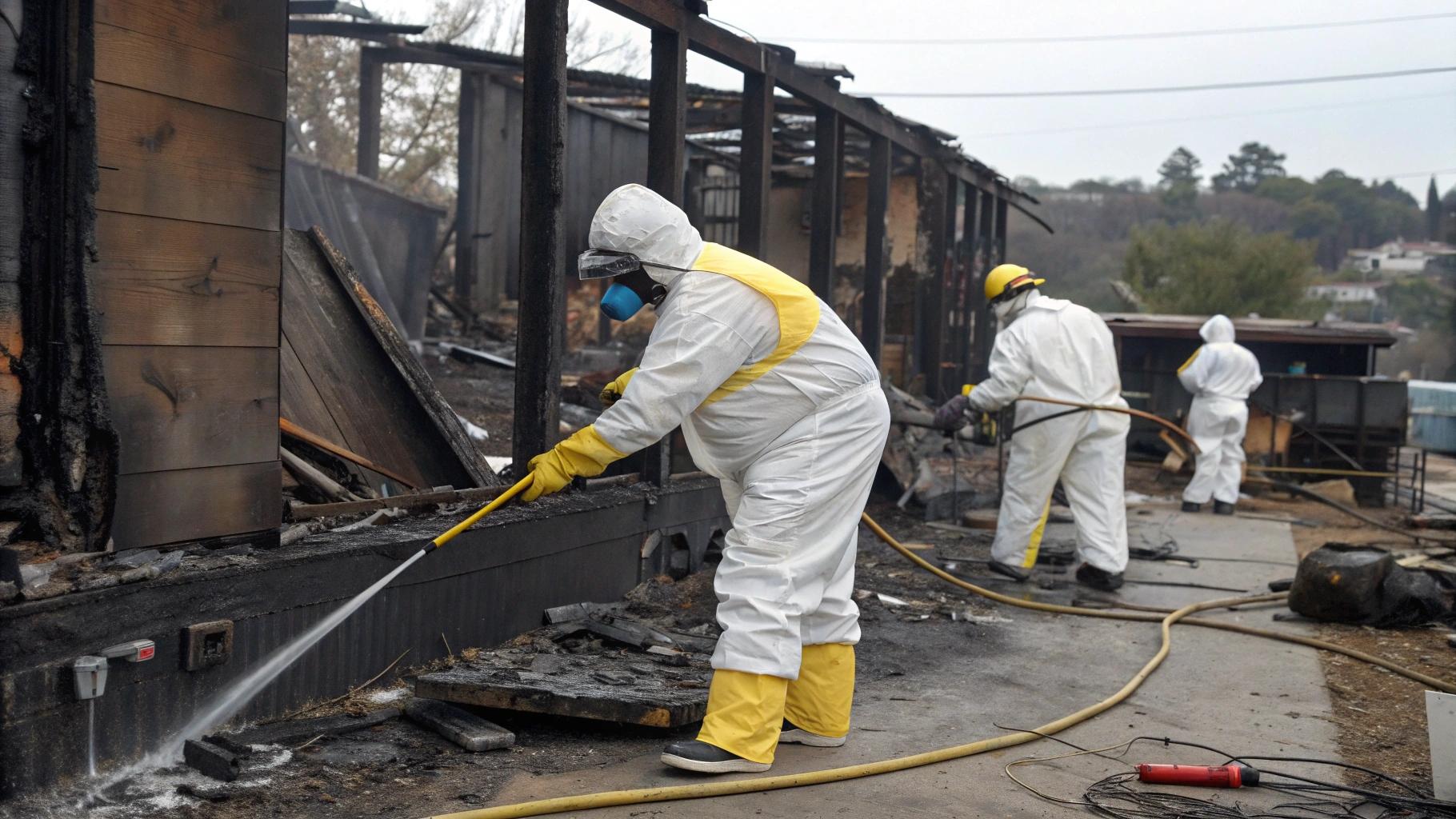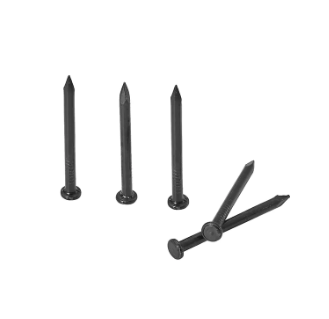What Specialized Equipment and Methods Do Fire Damage Cleaning Companies Use for Safe Restoration?

Summary
After a fire, the damage extends beyond visible destruction, including smoke, soot, toxic residues, and water from firefighting, which can make a property unsafe. Professional fire damage cleaning companies use specialized equipment like HEPA air scrubbers, industrial dehumidifiers, thermal foggers, ozone generators, ultrasonic cleaners, and negative air machines to safely remove contaminants, restore belongings, and prevent secondary damage such as mold growth. They combine these tools with proven methods, including soot and smoke removal, structural cleaning and sealing, content pack-out and restoration, and HVAC system cleaning. Hiring experts ensures safety, efficiency, and insurance compliance, providing a thorough restoration that DIY efforts cannot match.
-
Introduction
When a fire strikes, the aftermath can feel overwhelming. Beyond the visible damage, smoke, soot, and lingering odors can make your property unsafe and unlivable. This is where professional fire damage cleaning companies step in. They don’t just clean, they restore your home or business using specialized equipment and proven methods to ensure safety and quality.
In this blog, we’ll break down the essential tools and techniques these experts use for safe fire damage restoration.
Why Specialized Equipment Matters in Fire Damage Restoration
Specialized equipment is crucial in fire damage restoration because fire impacts go far beyond visible burns, including soot infiltration, smoke residues, toxic particles, and water damage from firefighting efforts. A fire damage cleaning company relies on tools like HEPA air scrubbers, industrial dehumidifiers, thermal foggers, and negative air machines to thoroughly remove contaminants, restore air quality, and prevent further structural or health hazards. Without this advanced equipment, restoration would be less effective, slower, and potentially unsafe, highlighting why professional-grade tools are essential for complete and safe recovery.
Key Equipment Used by Fire Damage Cleaning Companies
Fire damage cleaning companies use specialized equipment designed to tackle soot, smoke, odors, and water damage efficiently. These tools ensure thorough restoration while maintaining safety and preventing further contamination.
1. HEPA Air Scrubbers
-
Purpose: Remove airborne contaminants like soot, smoke particles, and allergens.
-
How It Works: These machines use High-Efficiency Particulate Air (HEPA) filters to trap microscopic particles, improving indoor air quality during restoration.
2. Industrial-Grade Dehumidifiers
-
Purpose: Address water damage caused by firefighting efforts.
-
How It Works: These units pull excess moisture from the air and materials, preventing mold growth and further structural damage.
3. Thermal Foggers
-
Purpose: Eliminate smoke odors.
-
How It Works: Foggers release a deodorizing mist that penetrates porous surfaces, neutralizing odor molecules at their source.
4. Ozone Generators
-
Purpose: Advanced odor removal.
-
How It Works: Ozone generators produce ozone (O₃), which oxidizes and breaks down odor-causing particles. This method is highly effective but requires professional handling for safety.
5. Ultrasonic Cleaning Systems
-
Purpose: Restore delicate items like electronics, jewelry, and small household items.
-
How It Works: Uses high-frequency sound waves in a cleaning solution to remove soot and grime without damaging the item.
6. Negative Air Machines
-
Purpose: Maintain a safe environment during cleanup.
-
How It Works: Creates negative air pressure in the affected area to prevent contaminants from spreading to other parts of the property.
Specialized Methods for Fire Damage Restoration
Specialized methods in fire damage restoration focus on safely removing soot, smoke, and odors while protecting structural integrity.
1. Soot and Smoke Removal
-
Dry Cleaning: For light soot on surfaces.
-
Wet Cleaning: For heavy soot, using specialized detergents.
-
Abrasive Cleaning: For stubborn residues on hard surfaces.
2. Structural Cleaning and Sealing
-
After cleaning, professionals often seal walls, ceilings, and floors to lock in any residual odors and prepare surfaces for repainting.
3. Content Pack-Out and Restoration
-
Damaged items are removed, cleaned off-site using advanced methods, and then returned once restored.
4. HVAC System Cleaning
-
Smoke and soot can infiltrate your HVAC system. Professionals use rotary brushes and HEPA vacuums to clean ducts and prevent contamination.
Why Hire Professionals Instead of DIY?
-
Safety: Fire residues can be toxic.
-
Efficiency: Specialized tools speed up the process.
-
Insurance Compliance: Professional documentation helps with claims.
Final Thoughts
Fire damage cleaning companies rely on a combination of specialized equipment and proven methods to restore properties safely and effectively. High-powered air scrubbers, industrial dehumidifiers, and ozone generators are used to remove smoke particles, odors, and excess moisture, while HEPA-filter vacuums capture fine ash and soot from surfaces. Technicians also employ thermal fogging to neutralize smoke odors and specialized cleaning agents for delicate materials, ensuring structural components and personal belongings are treated without causing further damage. A professional fire damage cleanup service integrates these tools with expert techniques to minimize health risks, prevent mold growth, and restore the property to a safe, livable condition.
FAQs
Q1: What equipment do fire damage cleaning companies use?
A: They use air scrubbers, industrial dehumidifiers, HEPA vacuums, and ozone generators to remove smoke, soot, and moisture safely.
Q2: How do professionals remove smoke odors from a property?
A: Techniques like thermal fogging and specialized deodorizing agents neutralize smoke odors without damaging surfaces.
Q3: Why are specialized methods important in fire restoration?
A: Using proper equipment and methods prevents further damage, reduces health risks, and helps restore the property efficiently.




